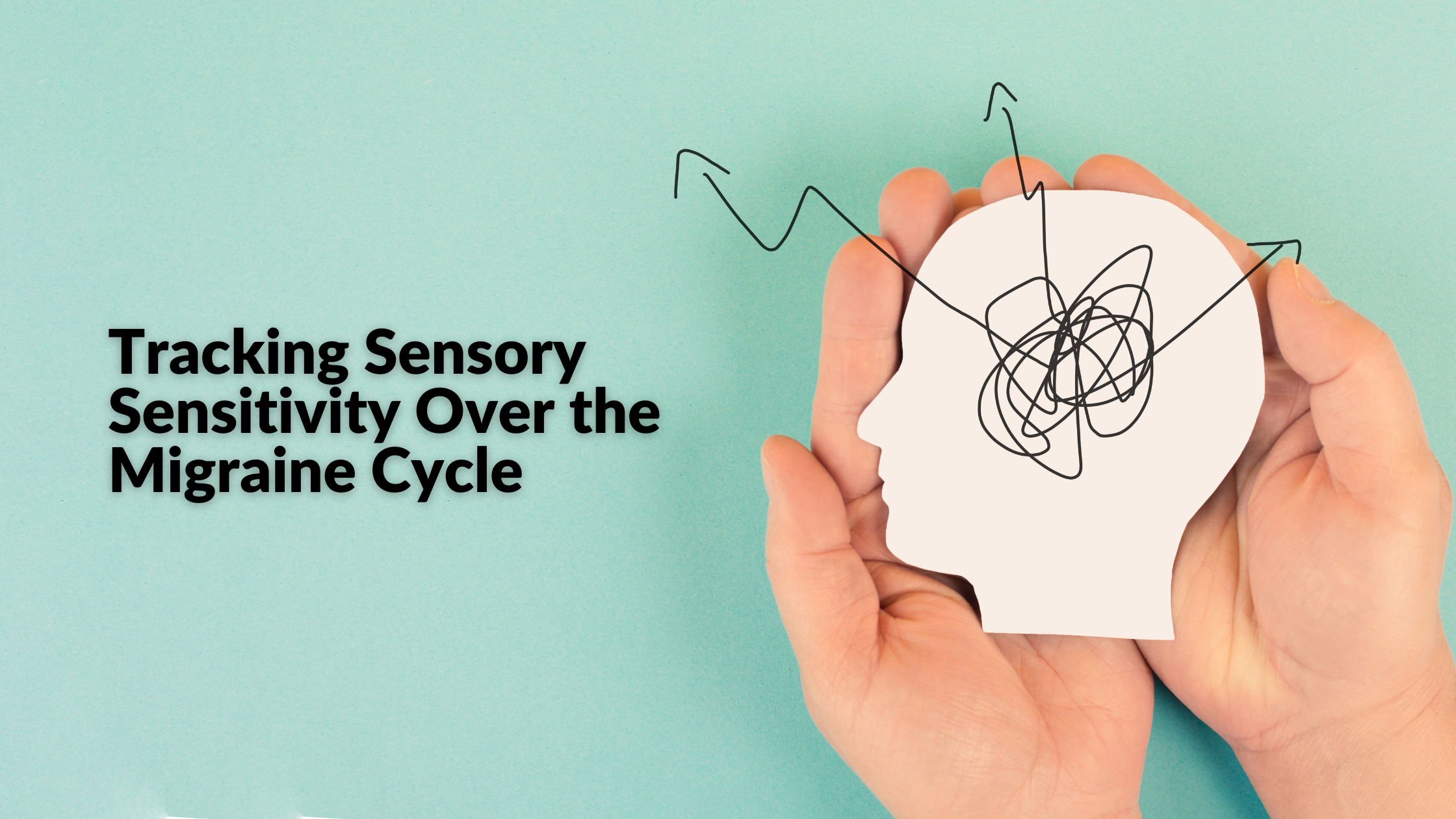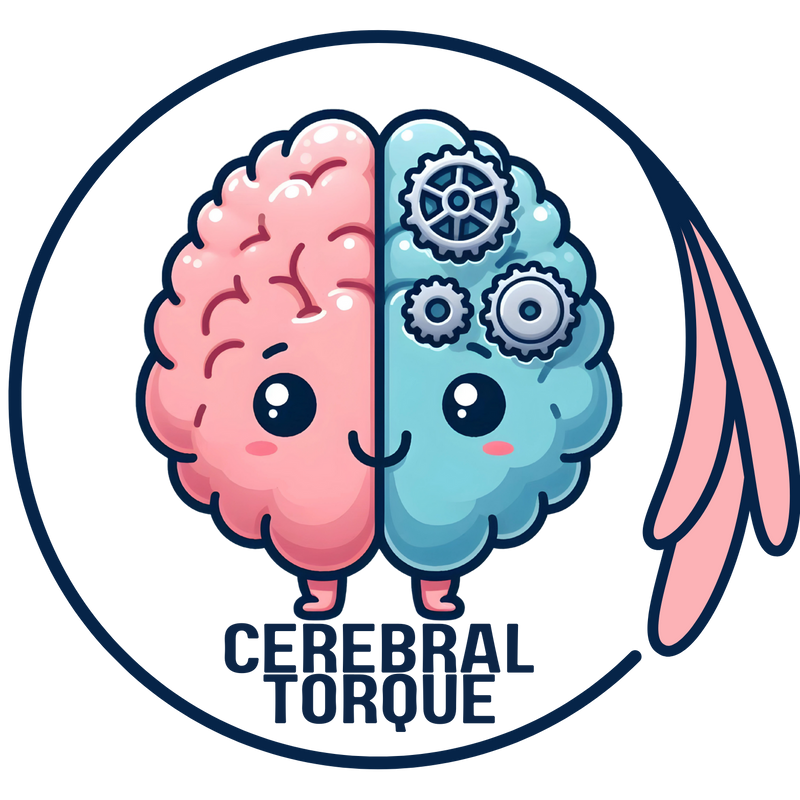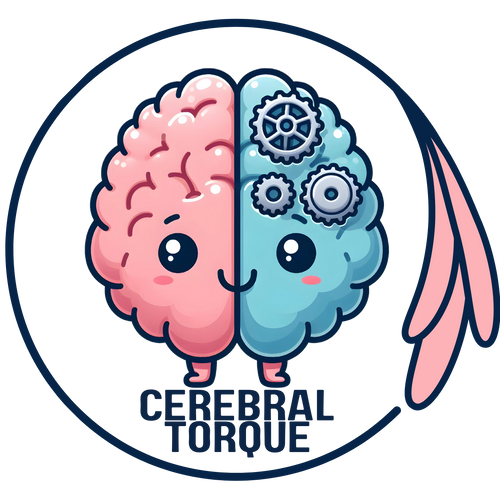Tracking Sensory Sensitivity Over the Migraine Cycle
Posted on February 29 2024,

A new exploratory study published in Cephalalgia analyzed how sensitivity to light, sound, touch, and smell changes over the course of a migraine cycle.
Researchers had 6 women with migraine track their headaches and sensory sensitivity over 27 straight days by completing daily questionnaires and sensitivity tests. The tests measured how bothered they were by things like noises, lights, brushing their skin, and sniffing odors like smoke and lavender.
The main finding was that on days when migraine headaches were more painful, patients reported more sensitivity to light, touch, and smoke smells compared to their days with less intense headaches.
However, unlike what was previously thought, the link between headaches and sound sensitivity relied on patients' anxiety levels due to the correlation being only seen on high anxiety days.
Also surprising was that over time, patients became more tolerant to bothersome lights. Earlier in the study, severe headaches meant reacting more to light, but, by the end, the opposite was true- even with severe headache pain. Oddly enough, lights bothered them less. It’s possible that the nervous system adapted to constant light exposure.
What does this mean for the underlying biology? The researchers believe that hypersensitivity patients with migraine experience with lights, sounds, touch, etc. stems from dysfunctional central processing centers in their brains that are supposed to filter and integrate all that sensory input. And this sensory integration problem seems embedded in migraine neurobiology itself rather than just being secondary to migraine attacks.
More studies are needed to confirm these results as this study only had 6 patients.
Sat, Dec 20, 25
Eptinezumab (Vyepti) Desensitization Protocol
First-ever eptinezumab (Vyepti) desensitization protocol for migraine patients with hypersensitivity reactions. 10-step hospital-based approach proven safe and effective.
Read MoreWed, Dec 17, 25
Migraine Management During Pregnancy, Breastfeeding, and Pregnancy Planning
This guide provides comprehensive, evidence-based recommendations for migraine management throughout the reproductive journey.
Read MoreMon, Nov 17, 25
Migraine Research - During the week of my absence.
Migraine Research - During the week of my absence. The Association Between Insomnia and Migraine Disability and Quality of Life This study examined how insomnia severity relates to migraine disability...
Read More


